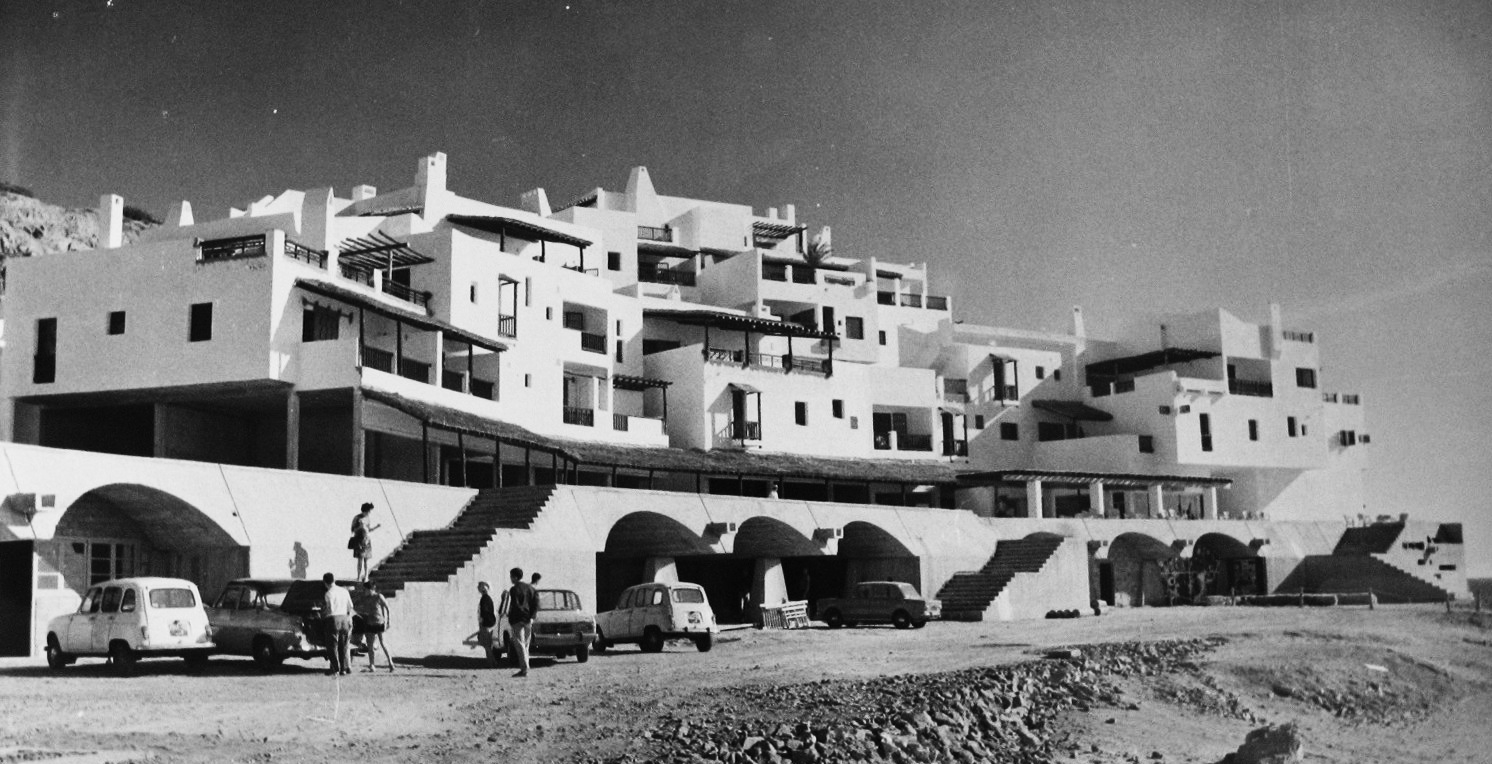
I teach lecture courses and seminars on architectural history, in my area of specialty and beyond. Here are some of the classes I offer:
Introduction to Modern Architecture: Modernity and Its Other (Lecture)
This course invites students to reflect upon the idea of modernity in architecture as it developed between 1450 and the end of the 20th century. The purpose of this course is two-fold: 1) to introduce students to selected architectural episodes across time and space, and 2) to demonstrate that modernity as a concept is deeply charged with power dynamics. Indeed, the idea of modernity systematically includes a strong delineation of its margins: the people, cultures, and places that have been portrayed as lacking the modern mind, techniques, or esthetics. In this respect, modernity and its antonyms are often inseparable, like two sides of the same coin. Throughout the quarter, we will discuss exclusionary modern visions, debunk their absolutism, and amplify the voices of those who have proposed alternative models for modernity in architecture.
Introductory courses are the gatekeepers of our field, ritualizing students’ entrance into architectural history as a discursive space and propagating hierarchies through subtexts in knowledge. In response to this condition, this course invites students to reflect upon the values and limits of inclusion and exclusion of certain figures, buildings, and geographies in architectural history as an active practice. Students will learn about canonical moments of architectural history as well as episodes that are not typically included in introductory courses. These marginalized segments are of acute interest in that they redefine inclusivity in modernity on the bases of race, class, culture, and/or gender. Lectures, readings, and assignments are designed to encourage students to locate their position towards and against prior models of discursivity in architecture.
I typically launch the quarter with a pair of lectures demonstrating the course’s examination of exclusionary dynamics in key modern architectural concepts. The first of these concepts is authorship in design. Our first lecture on “Building the Figure of the Architect: The Renaissance Man” is followed by a second one titled “Deconstructing the Figure of the Architect: The Renaissance Woman.” Throughout the semester, we expand upon this intentional gesture of looking for parallel narratives complicating canonical concepts, objects, and figures.
Architecture and Colonialism in Algeria and Morocco (Seminar)
This seminar invites students to examine the intersections of colonialism with architecture in Algeria and Morocco. Throughout the quarter, we will discuss designs of architects working in these two contexts (Le Corbusier, Fernand Pouillon, Elie Azagury, etc.) and concepts defining colonialism as a design project (urban repression, apartheid, Orientalism, etc.). We will also pay particular attention to modes of opposition pursued by residents and their historical impact toward the region’s decolonization. Moments of heightened historical consequence, such as independentist guerrillas’ strategic use of selected architectural spaces, will be thoroughly discussed. The class will progress through a chronological scope, from the inception of French colonialism in Algeria in the 19th century to the enmeshment of modernism with colonialism in the 20th century. We will conclude with the emergence of postcolonial modernities.
Women in 20th-Century Architecture (Seminar)
From the Renaissance to the present day, architecture has been a blatantly male-centric field. This course invites students to consider women who overcame systemic barriers to become figures of agency in 20th-century architecture. We will examine the lives and works of women who have managed to attend architecture schools, despite historical gender-based exclusion or restriction on enrollment, as well as those who found impactful ways to play architectural roles without academic training. We will pay particular attention to how these protagonists add necessary complexity to the modernist canon. The course will start with a first module on positionality (women as architects, women as clients, and women as residents) followed by a second module with a biographical scope (Minnette De Silva, Eileen Gray, bell hooks, and Sibyl Moholy-Nagy).
Le Corbusier Beyond Europe (Seminar)
Having designed approximately 300 buildings and urban plans throughout five continents, Le Corbusier (Swiss, 1887-1965) was a fundamentally international figure. Expanding upon recent developments in global architectural history, this seminar invites students to focus on his designs for non-European contexts including Algeria, Brazil, India, Iraq, Japan, Russia, and Turkey. This geographical shift entails a distinctive set of questions. Indeed, the storyline behind Le Corbusier’s non-European projects is that of an architect from Western Europe—a region with extensive cultural, political, industrial, and colonial power during his lifetime—designing for another area outside of this hegemonic space. How are we to understand this sliding motion from one context to the other? What are the terms of the relation between these two points in space, linked through Le Corbusier’s designs? Through a close reading of this architect’s projects, writings, and their circumstances, can we decipher notes of admiration, domination, collaboration, and more? To unravel these relational and ideological traits, we will pay particular attention to the lives and works of architects who intersected with Le Corbusier across these localities, as well as the necessary complexity they add to his centrality to the modernist canon. These figures of agency include Rifat Chadirji (Iraqi, 1926-2020), Charles Correa (Indian, 1930-2015), Lúcio Costa (Brazilian, 1902-1998), Sedad Eldem (Turkish, 1908-1988), and Reiko Hayama (Japanese, b. 1933).
NB: I taught versions of this course at Harvard in 2021, at Trinity College in 2022, and at the University at Buffalo in 2023. I will likely offer this seminar at the UChicago in 2025-2026.
Image: Cabo Negro Vacation Village, by Elie Azagury, Cabo Negro, Morocco, 1964. Paris, Cité de l’Architecture et du Patrimoine, Fonds Azagury.